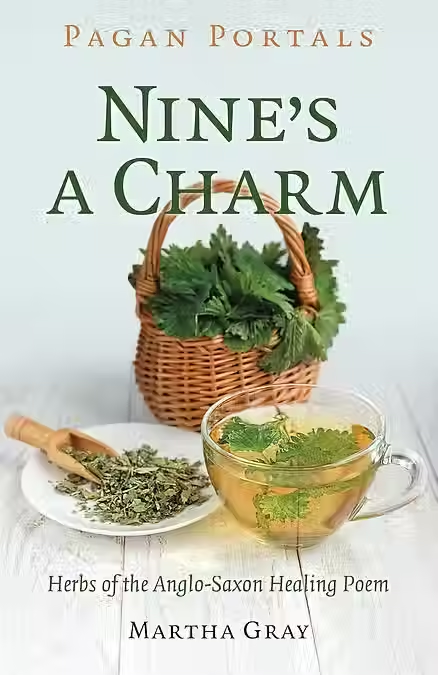Magical Mandrake by Ness
- Kitchen Witch

- Feb 2, 2021
- 4 min read
At Yule, I was gifted a Mandrake seed. It was lovely to discover that 3 of my very dear friends were also the proud owners of a Mandrake seed too!
We were all a bit excited as none of us had owned, or indeed, grown one before and were eagerly looking forward to having a go to see if we could successfully grow it.
A list of instructions came with the seed; the first instruction was that in order to encourage germination, we needed to do something called ‘stratification’ - sounds quite painful! But it basically means we had to mimic what happens to the seed in nature.
Mandrake seeds have chemicals in them and it is what happens to these chemicals that will determine when the seed germinates. In the wild, the cold winter rain will saturate the seed over the course of a few weeks, washing away the chemicals which in turn jump-starts the seed into sprouting.
In order to do this at home, we were to place the seed in a jar, fill with water and place in the fridge. Each day the water had to be changed, which flushed the chemicals from the seed. We had to do this every day for 2-3 weeks before planting.
We wanted to coincide the planting with our Kitchen Witch Imbolc ritual (which involved the planting of a seed, bulb or cutting) so we timed it just right and all set about with the stratification. We would remind one another every morning that it was “change water time” or “bath time” as we got around to calling it.
Sunday 31st January was the day of our ritual, so our seeds had their final rinse in the morning before the online ritual that evening.
We drained and planted our seeds in ritual with the light of a candle and crystals and intent for new beginnings, hope and renewal.
It occurred to me that I have no idea about this plant which hopefully will grow from my seed, so I set about doing a bit of research...
Mandrake (genus Mandragora) is one of six species of hallucinogenic plants in the Nightshade family. They are native to the Mediterranean and the Himalayas and were cultivated here in the UK in 1562.
Mandrake plants have a short stem, ovate leaves of dark green, the flowers range from purple to a yellow green colour. The flowers isn’t a fan of summer – preferring to show its colours in the spring or winter. The fruit they bear is a berry of bright orange, and it has a long root which can grow up to 3-4 feet in well-established plants. Although quite a pretty looking flower, it isn't the flower that it is bought for, but strangely enough, it is the root! The root resembles a human figure and it is this that has fascinated people for many, many years and has quite a long history of use in many practices.
The Mandrake root has been used as both a narcotic and as an aphrodisiac and is said to hold many magical properties.
The Greeks used it to induce sleep and as an anesthetic for surgery. It was also used as an aphrodisiac. Ancient Hebrews used it to aid conception. This appeared in the book of Genesis in the Bible. It was also used for insomnia, depression, anxiety and gout. It was because of the root resembling a human form, that it was believed that it was able to treat many human ailments.
It is famously used by witches today for making Flying Ointment!
There is a story that says in order to remove the root from the ground for any purpose, be it medicinal or magical, it should be done in the light of the moon only. A cord should be attached to a black dog and the other end to the plant at its root. Human hands were not to touch it. Encouraging the dog to pull away from the plant – by means of a tasty treat – the root would then come away from the soil and it would emit a high-pitched scream.. If the person who was responsible for this action didn’t cover their ears from the sound, that poor person would either drop dead instantly or if they were fortunate, would go mad instead!
Magical Properties: good luck, love, conception, wealth, power, protection and shielding.
Planet: Mercury
Element: Earth
Gender: Masculine
My seed is sitting in its pot on a windowsill, and it has a spritz of water daily. It can germinate any when from 2 weeks to 3 months. But they can be very temperamental, and it is not unusual for it to begin sprouting the following spring instead. I’m rather hoping that with a bit of TLC, and a lot of magical intent, that little green shoots will appear sooner rather than later. We are all waiting with anticipation! We will keep you posted!
Please be aware that all parts of the plant are toxic and should be kept away from children and pets.

Image from Wikipedia






Comments